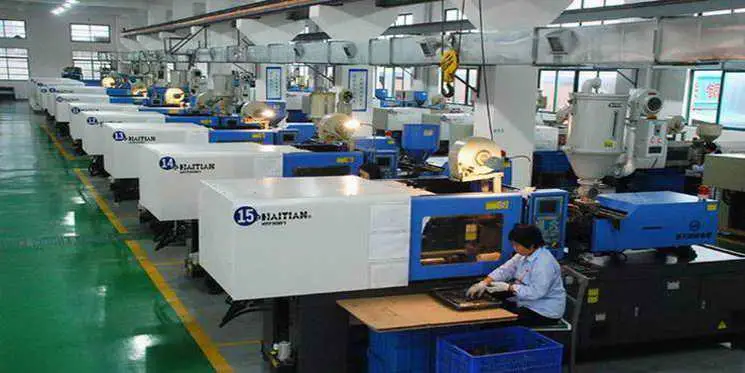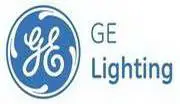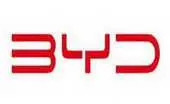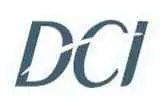The causes of cracks in plastic products and how plastic manufacturers solve them?
(1) Defect characteristics
The main manifestation of cracks in plastic product is that cracks and damage are formed on the inner and outer surfaces of plastic parts during plastic manufacturing.
(2) Cause of defects and elimination methods
The reason why plastic parts appear cracks is mainly due to the fact that the plastic parts are subjected to too much stress or stress concentration. The specific analysis is as follows.
1) Injection mold
(1) If the position of the core rod of the mold used by the plastic factory is incorrect or not installed properly, the ejection resistance will increase, the local stress of the plastic part will be concentrated, and the plastic part will appear cracks. Therefore, the position and installation quality of the core rod need to be checked.
(2) If the mold produced by the plastic manufacturer has a small demolding angle, the demolding resistance will increase, and the plastic part will be subjected to excessive ejection force when forcibly demolded, which will cause cracks. Therefore, the demolding angle should be appropriately increased to facilitate demolding.
(3) If the cross-sectional area of the core rod of the ejection device of the mold made by the china injection molding company is too small, the plastic part will be subjected to uneven force when the plastic part is ejected, resulting in stress concentration and cracks. Therefore, the cross-sectional area of the core rod should be appropriately increased.
(4) The temperature difference at the gate is large, which is an easy place to produce cracks. Therefore, an annular reinforcing rib can be designed around the gate to reduce the occurrence of cracks.
(5) For plastics with poor fluidity, such as PSF, PPO, and PC, the injection pressure must be increased to fill the cavity. This type of plastic is very likely to crack at the gate during injection manufacturing. Therefore, a special gate can be used, such as a boss gate or side gate. After molding, the gate part with cracks can be separated.
(6) If there are sharp corners, edges, and other sharp changes in the cavity, cracks are most likely to occur. The cracks on the cavity will be reflected on the plastic part. Therefore, the cavity should be repaired and chrome-plated and polished.
(7) The force position of the core rod at the ejection position of the plastic part should be the part with the largest demolding resistance, such as the boss and reinforcing ribs. In this way, it will be beneficial to the demolding of the plastic part and will not cause stress to be too concentrated.
(8) If the form or position of the gate is improper, it is very easy to cause cracks. Therefore, it is preferable to use a straight gate with low pressure loss and high pressure resistance, or to change the forward gate to multiple point gates and side gates, and reduce the gate diameter.
(9) When injecting, the nozzle must be in close contact with the gate. The mold is subjected to considerable force. The mold will crack due to fatigue under the repeated action of this force. This crack will also affect the plastic part. Therefore, the mold must be repaired.
2) Injection molding process
(1) If the holding time is too long, the plastic part will be subjected to excessive pressure and will have a large residual stress, which will cause the plastic part to crack. Therefore, the holding time can be appropriately shortened.
(2) If the injection pressure is too high, the residual stress will also increase. This stress will cause the plastic part to crack. Therefore, the injection pressure should be appropriately reduced.
(3) If plastic molding must be performed with a high injection pressure, the residual stress in the plastic part can be reduced by reducing the temperature of the melt and the mold, increasing the temperature of the barrel and the mold, and prolonging the cooling time of the plastic part so that the oriented molecular chains can have time to repair.
3) Plastic Products
(1) If there are sharp changes in the outline of the plastic part, it is also a place where stress is concentrated, and cracks are most likely to occur. Therefore, in the design of plastic parts, the external corners and internal corners of its shape should be transitioned with large arcs as much as possible.
(2) For plastic parts with inserts, the thermal expansion coefficient of metal and plastic is very different. For example, the thermal expansion coefficient of thermoplastics is 6 to 11 times that of steel and 3 to 6 times that of aluminum. Therefore, the insert will hinder the overall shrinkage of the plastic in the plastic. The stress generated by this will cause the plastic part to crack. In order to reduce or avoid cracks caused by inserts,






